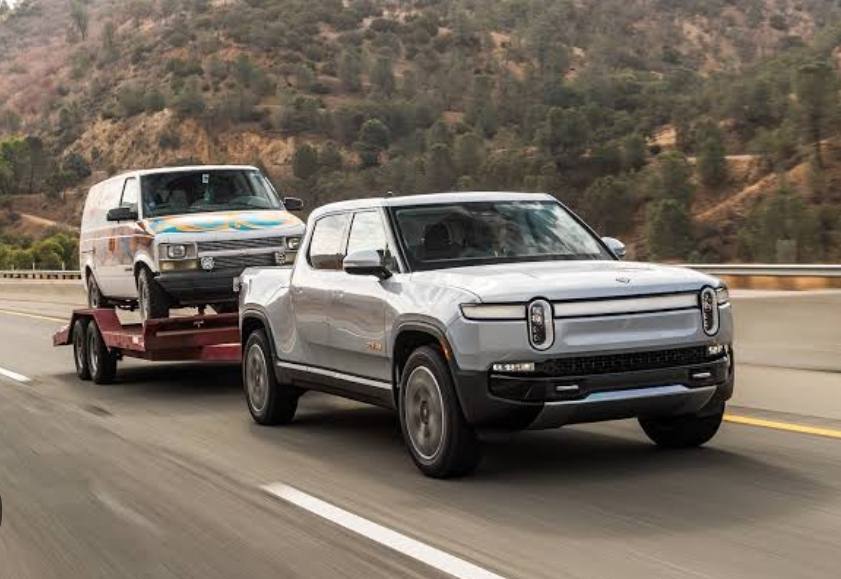Originally posted by agstar77
View Post
Announcement
Collapse
No announcement yet.
Climate Clown Planet
Collapse
Logging in...
Welcome to Agriville! You need to login to post messages in the Agriville chat forums. Please login below.
X
-
Jazz more obscure social media propaganda?
Do you actually get any work done or do you spend your whole day looking at crap social media sites? LOL
Comment
-
-
-
Hopefully they only towing down the street , won’t get far .Originally posted by Bin Lurking View Post
Just wondering what you do when fossil fuels run out. Let your kids or grand kids worry about it? Word use like "all" and "always" can be questioned.
Edit: This is a photo of a Rivian EV "pulling something" looks like an ICE vehicle ran out of FF
Just to make a point
I would love to see a range test with that set up in Sask tomorrow
From Saskatoon it might make it to the Ag in Motion site ??
Hopefully they get better , and quick as the climate cult would like to ban petroleum tomorrow if they could .
Comment
-
Intimidation and bullying….
Sure signs of zero credibility and embarrassing positions.
Blessings and Prayers….
Be not Deceived. We only live once…. And are all mortal….
Consciousness is the most interesting part of reality….
Solutions for the preparation of our souls and spirits… are the most important parts of life… and the reality of death of our physical bodies.
Eternity outside time and matter… on the other side of the seen Universe…
Smirking and squirming …VS wisdom and honesty
Day to day decisions are very interesting!!!!
Cheers
Comment
-
First, not a big surprise.Originally posted by jazz View Post[ATTACH]12044[/ATTACH]
And as usual, the Chucks of the country are in favor of using other peoples money to fund their Marxist agenda.
But is there some faint hope that this same 40% of Canadians are actually concerned about taxes at all? I would suspect that most of the comrades in favour of more socialism, are not in the same group of Canadians who pay taxes in any significant way?
Or is the headline misleading, and they are not necessarily the same 40%? 40% want to steal from the 40% who pay taxes but don't want to pay more taxes to pay for the 40% who identify as Chuck's?
Comment
- Reply to this Thread
- Return to Topic List
Comment